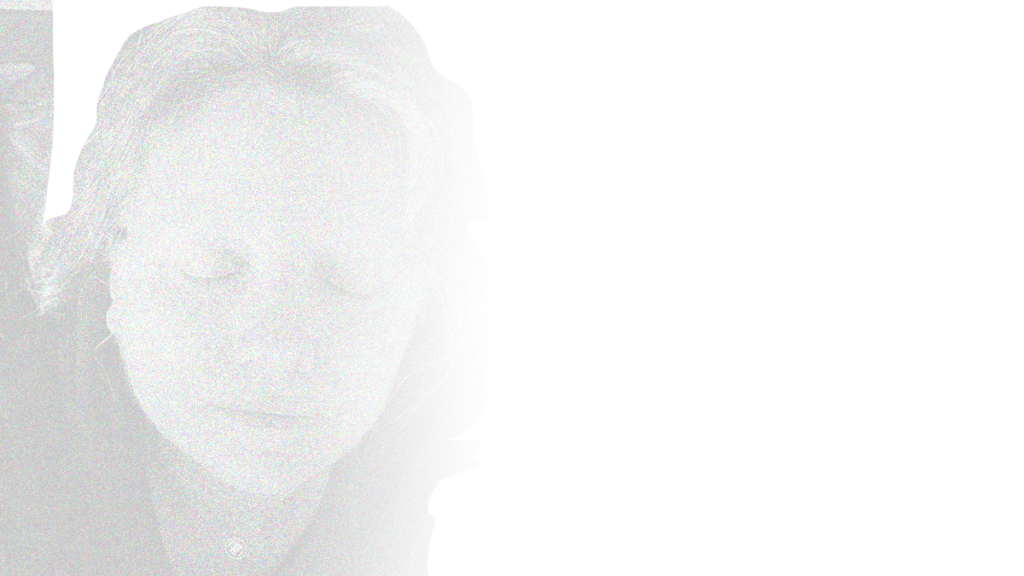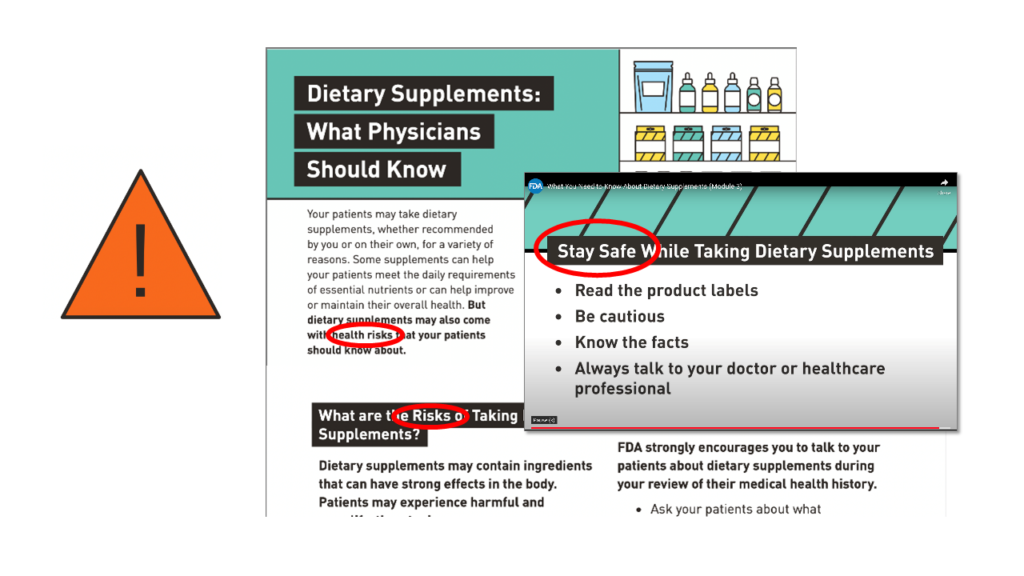
Winding down some time in Toronto following an amazing trip to Portugal earlier this summer (follow me on Instagram for visual highlights), I was finally able wrap up this post reflecting on the power of travel and another on how work teams can make it possible for everyone to experience a bit of it.
Communications professionals’ work revolves around connecting with others, telling stories, and shaping narratives. Exploring perspectives beyond our own daily responsibilities and stomping grounds can elevate how we communicate.
Team leaders that support their staff accessing the value of travel to expand their thinking and elevate their communications acumen are investing in their team’s professional development.
Travel offers a unique opportunity for personal growth presenting experiences that can level up our skills as communicators through enhanced:
- Cultural sensitivity and diversity: One of the most significant benefits of travel is the exposure to a new culture and perspectives, even if the differences may be subtle. Engaging with different communities, traditions, and belief systems broadens our understanding of the world. As communications professionals, this firsthand experience enables us to cultivate cultural sensitivity, empathy, and the ability to effectively communicate across diverse audiences. It enhances our capacity to connect with individuals from various backgrounds, ensuring that our messages resonate authentically.
- Storytelling and narrative development: Travel provides a wealth of captivating stories and experiences that enrich our storytelling abilities. As we explore new destinations, we encounter unique narratives, both uplifting and challenging. These encounters fuel our creativity, enabling us to craft compelling narratives that resonate with authenticity and emotional depth. By immersing ourselves in different cultures and witnessing diverse perspectives, we gain a broader range of stories to draw upon, infusing our communication efforts with richness and authenticity.
- Adaptability and problem-solving: Travel often involves navigating unfamiliar environments, overcoming obstacles, and adapting to unexpected situations. These experiences nurture our adaptability and problem-solving skills, essential traits for communications professionals. Whether it’s dealing with language barriers, logistical challenges, or cultural differences, travel hones our ability to think on our feet, remain flexible, and find innovative solutions. These skills transfer directly to our professional lives, allowing us to navigate complex projects and overcome communication hurdles with ease.
- Networking and relationship building: Travel provides unique opportunities to forge meaningful connections with people from diverse backgrounds. Engaging with locals, fellow travelers, and industry professionals expands our network and cultivates new relationships. These connections can lead to collaborations, partnerships, and insights that enrich our professional lives. By immersing ourselves in new environments and engaging with others, we build bridges and foster a global network of contacts, opening doors to exciting professional opportunities.
- Personal reflection and self-awareness: Travel offers moments of solitude and self-reflection, allowing us to disconnect from our daily routines and immerse ourselves in new environments. Stepping outside our comfort zones sparks self-discovery, enabling us to gain a deeper understanding of ourselves, our values, and our purpose. By embarking on journeys of self-exploration, we enhance our self-awareness and bring a renewed sense of authenticity and clarity to our professional endeavors.
- Resilience and emotional intelligence: Travel, with its unpredictable challenges and unfamiliar situations, fosters resilience and emotional intelligence. It teaches us to navigate uncertainties, manage stress, and adapt to different cultural norms. These experiences strengthen our emotional intelligence, enabling us to empathize, connect, and communicate effectively with diverse audiences. By embracing discomfort and overcoming obstacles, we become more resilient professionals, equipped to handle the complexities of our field.
Travel is more than a leisure activity for communications professionals—it is a catalyst for personal growth and professional development. Through exposure to diverse cultures, immersive storytelling, adaptability, networking, and self-reflection, travel enhances our skills, expands our perspectives, and enriches our lives.
Embrace the transformative power of travel, and allow it to shape your team—and yourself—into a more well-rounded, culturally aware, and effective communicator.









